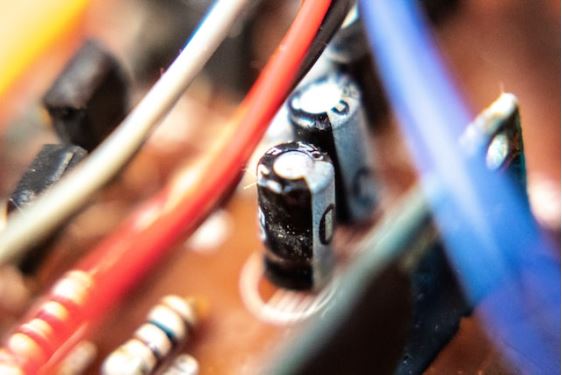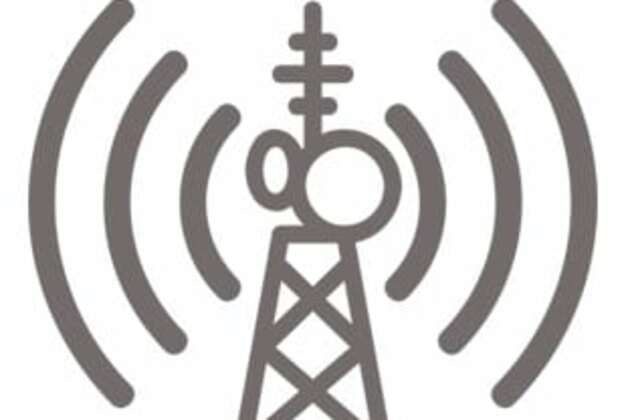Printed electronics: technologies, challenges and applications
7Newswire
03 Nov 2022, 02:47 GMT+10

Printed electronics is a set of printing methods used to create electronic devices and circuits on various substrates. These devices can be made using a variety of materials, including metals, inorganic semiconductors, organic semiconductors, and conductive polymers.
The benefits of printed electronics include the ability to produce large quantities of devices quickly and cheaply. Additionally, the use of flexible substrates opens up new possibilities for device design. However, there are still some challenges associated with printed electronics, such as the need for improved printing techniques and better understanding of the underlying materials science.
Applications for printed electronics span a wide range of industries, from consumer electronics to medical devices. In the future, it is likely that we will see even more innovative uses for this technology.
History and current state of printed electronics
Printed electronics is a rapidly growing field with many potential applications. However, there are still some challenges that need to be overcome before it can reach its full potential. In this article, we will take a look at the history and current state of printed electronics, as well as some of the challenges that need to be addressed.
Printed electronics is not a new concept. In fact, the first printed electronic device was created back in the early 1800s by English scientist Joseph Swan. However, it was not until the late 20th century that printed electronics began to gain traction as a viable technology.
In recent years, there has been significant progress made in the field of printed electronics. New printing techniques have been developed, and conductive materials have become more affordable. This has led to an increase in the number of commercial applications for printed electronics.

How are printed electronics made?
Printed electronics are a type of electronic device that can be printed onto a substrate, such as paper, using standard printing processes. These devices are made by depositing thin layers of conductive and insulating materials onto the substrate to create the desired circuit pattern.
The main advantage of printed electronics is that they can be mass-produced using existing printing infrastructure, which reduces manufacturing costs. Additionally, printed electronics are flexible and lightweight, which makes them suitable for a variety of applications.
Some challenges associated with printed electronics include ensuring uniformity of the deposited materials and preventing defects in the final device. However, research is ongoing to develop new printing technologies and materials that will overcome these challenges.
What are the benefits of printed electronics?
The global market for printed electronics is expected to grow from $9.8 billion in 2018 to $29.5 billion by 2025, according to a report by MarketsandMarkets. That's a compound annual growth rate of 22.1%.
So what is printed electronics? And what are the benefits that are driving this market growth?
Printed electronics is the process of printing electronic devices and circuits on flexible substrates, using techniques such as screen printing, inkjet printing, and gravure printing.
Some of the benefits of printed electronics include:
-Cost-effective production: Printing electronic devices is a much cheaper process than traditional methods such as etching or lithography.
-Flexibility: Printed electronics can be used to create flexible and conformable devices, which opens up new possibilities for wearable electronics and other applications.
Some applications of printed electronics
Some applications of printed electronics are in the area of medical devices, such as disposable biosensors and drug-delivery systems. Another potential application is in the area of solar cells, where printed electronics could be used to create flexible, lightweight and low-cost solar cells. There are also many potential applications for printed electronics in the area of consumer electronics, such as flexible displays and e-readers.
Conclusion
Printed electronics is a novel technology with the potential to revolutionize the way we interact with electronic devices. However, there are still many challenges that need to be addressed before it can be widely adopted. In this article, we will briefly review the current state of printed electronics technology and its applications. We will then identify some of the key challenges that need to be addressed in order to make printed electronics a viable option for mass production. Finally, we will provide an overview of the potential applications of this technology.
 Share
Share
 Tweet
Tweet
 Share
Share
 Flip
Flip
 Email
Email
Watch latest videos
Subscribe and Follow
Get a daily dose of London Mercury news through our daily email, its complimentary and keeps you fully up to date with world and business news as well.
News RELEASES
Publish news of your business, community or sports group, personnel appointments, major event and more by submitting a news release to London Mercury.
More InformationUK Editorials
SectionOperations back to normal after multiple Canadian airports hit with bomb threats
Operations back to normal after multiple Canadian airports hit with bomb threats
Five to watch on Scotland's summer tour of the Pacific
Five to watch on Scotland's summer tour of the Pacific
John Kear- Long-serving head coach leaves Wales rugby league post
John Kear- Long-serving head coach leaves Wales rugby league post
RE Park City puts a new twist in growing consignment market - Park Record
RE Park City puts a new twist in growing consignment market - Park Record
Tuske To Take On Ownership Of Alabama Radio Properties
Tuske To Take On Ownership Of Alabama Radio Properties
EFC, Skandha Team To Boost MCC Infrastructure, Services
EFC, Skandha Team To Boost MCC Infrastructure, Services
Business
SectionGrammarly acquires Superhuman to boost AI workplace tools
SAN FRANCISCO, California: Grammarly is doubling down on AI-powered productivity tools with the acquisition of Superhuman, a sleek...
Standard and Poor's 500 and and Nasdaq Composite close at record highs
NEW YORK, New York -U.S. stock markets closed with broad gains on Thursday, led by strong performances in U.S. tech stocks, while European...
Persson family steps up H&M share purchases, sparks buyout talk
LONDON/STOCKHOLM: The Persson family is ramping up its investment in the H&M fashion empire, fueling renewed speculation about a potential...
L'Oreal to buy Color Wow, boosts premium haircare portfolio
PARIS, France: L'Oréal is making a fresh play in the booming premium haircare segment with a new acquisition. The French beauty conglomerate...
Robinhood launches stock tokens for EU investors, adds OpenAI
MENLO PARK, California: Robinhood is giving European investors a new way to tap into America's most prominent tech names — without...
Wall Street diverges, but techs advance Wednesday
NEW YORK, New York - U.S. stocks diverged on Wednesday for the second day in a row. The Standard and Poor's 500 hit a new all-time...













